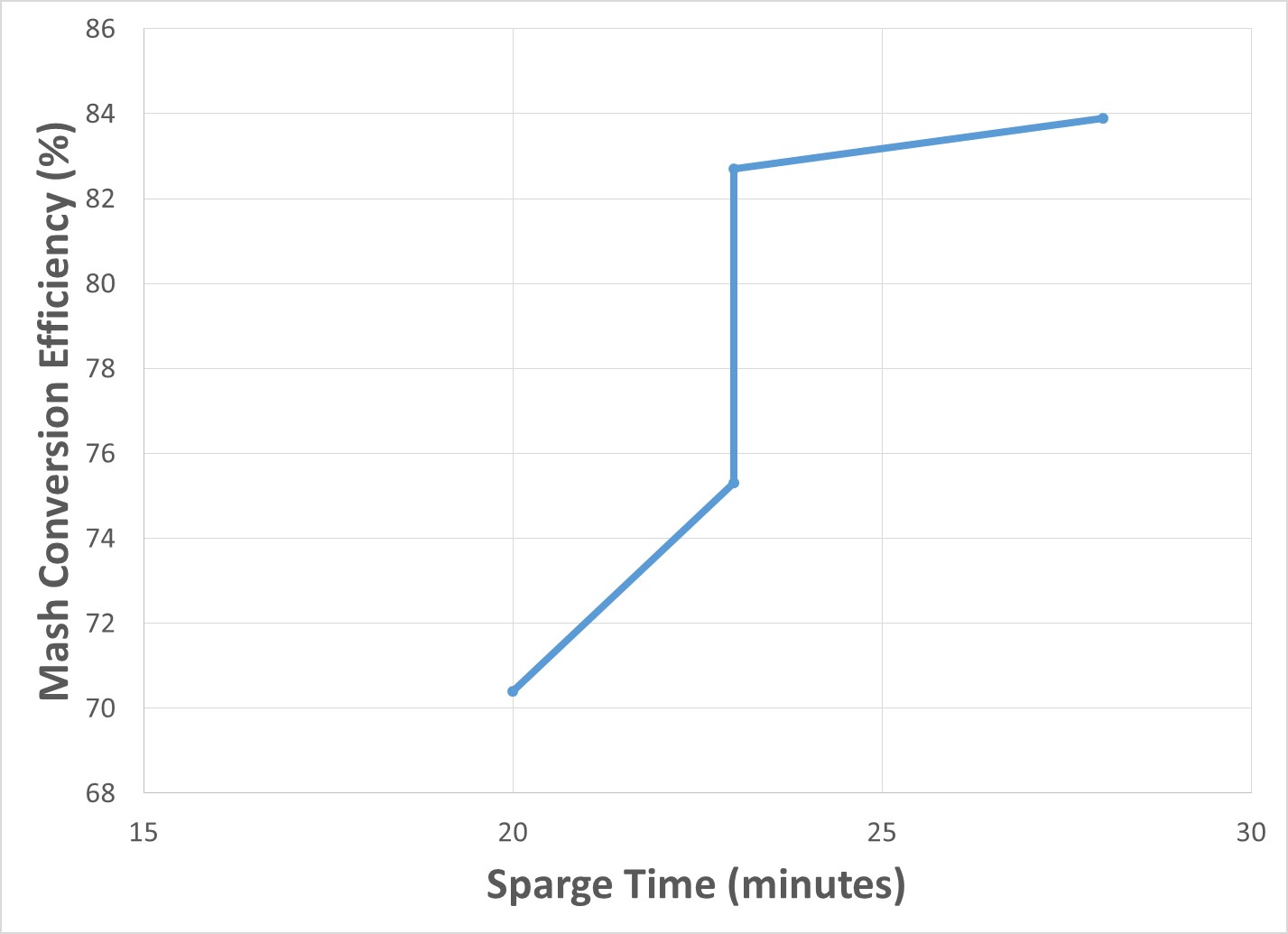- Joined
- Dec 31, 2017
- Messages
- 75
- Reaction score
- 32
Ok looking for some tips on my process. Please read all....
-What I have been doing as of lately is heat all my strike water to about 180°, then transfer amount needed for a sparge over to the conical the beer will be fermented in. Then when it’s time to sparge I just transfer back with the basket hanging!! By the time it’s transferred it’s down to about 165° and I reheat through the rims to 168° Works really really well!!!
-I have 4gallons of dead space underneath the mash basket to cover the element. Do I need that much in there.... no because I have a RIMs tube for recirculating, but it’s way easier to maintain extremely consistent temps and rises with both RIMs tube and Kettle sharing the Heat!!! So this portion is up for debate!!!
-From here on out in the future because of small change in my software. I have a mash PID driving the RIMs PID, this will take out any chance of there ever being an inproper temp in my grain bed, so temp concerns are now a thing of the past. But had effected my efficiency in the past.
?????? So my question to you EXPERIENCED brewers. Would I benefit from having as little water as possible during mash (just enough to circulate with 1in above grain bed) which in turn would increase my sparge volume.... or would I be better off having more water.... or just roll the way that I am.
???? Or any other ideas or tips of things I could do to up the efficiency. It’s hard to say what I will get now with the new temp control. But when I first built this I was getting 75% on full volume. But recently with grain crush issues, temp issues. I was around 60%. But I exspect next brew day to be back up in the 75% range.
??? Do I need to be higher..... no. But I want to be as good as I can. It’s not just about making beer for me. It’s about doing it well and repeatedly!!!
Thanks!!!
-What I have been doing as of lately is heat all my strike water to about 180°, then transfer amount needed for a sparge over to the conical the beer will be fermented in. Then when it’s time to sparge I just transfer back with the basket hanging!! By the time it’s transferred it’s down to about 165° and I reheat through the rims to 168° Works really really well!!!
-I have 4gallons of dead space underneath the mash basket to cover the element. Do I need that much in there.... no because I have a RIMs tube for recirculating, but it’s way easier to maintain extremely consistent temps and rises with both RIMs tube and Kettle sharing the Heat!!! So this portion is up for debate!!!
-From here on out in the future because of small change in my software. I have a mash PID driving the RIMs PID, this will take out any chance of there ever being an inproper temp in my grain bed, so temp concerns are now a thing of the past. But had effected my efficiency in the past.
?????? So my question to you EXPERIENCED brewers. Would I benefit from having as little water as possible during mash (just enough to circulate with 1in above grain bed) which in turn would increase my sparge volume.... or would I be better off having more water.... or just roll the way that I am.
???? Or any other ideas or tips of things I could do to up the efficiency. It’s hard to say what I will get now with the new temp control. But when I first built this I was getting 75% on full volume. But recently with grain crush issues, temp issues. I was around 60%. But I exspect next brew day to be back up in the 75% range.
??? Do I need to be higher..... no. But I want to be as good as I can. It’s not just about making beer for me. It’s about doing it well and repeatedly!!!
Thanks!!!




